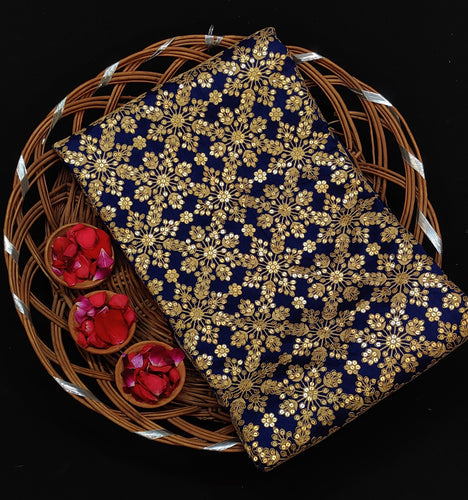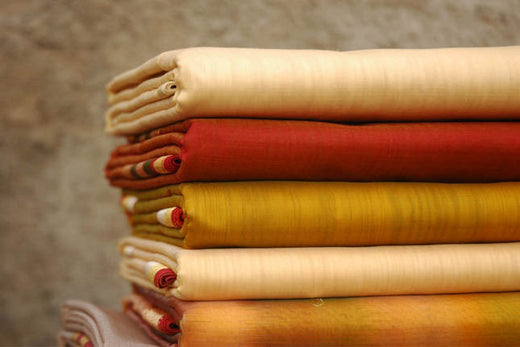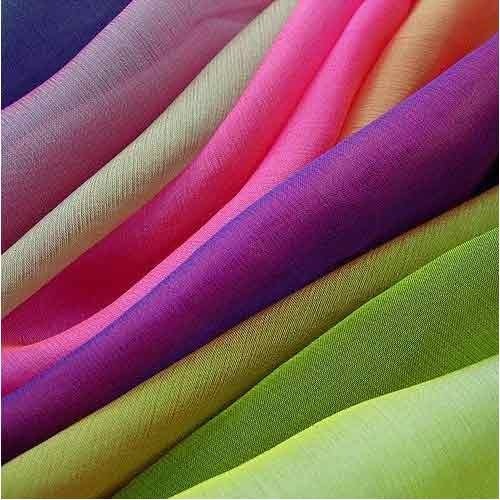
THE BEAUTY OF SILKS
The fabric has a shimmering appearance, though has interrupting patterns of weave due to its natural fibre. The triangular prism-like structure allows the fabric to refract the lights, hence producing various colors in different lighting. Today, India is world’s second largest producer of silk after China. Not only that, India is also the largest consumer of Silk, Celebrations playing vital role in day-to-day life of any Indian.
This mesmerizing fiber presents its radiant appearance crediting to the triangular shaped structure which resembles a prism that enables the Silk fabric to distribute the light hitting from various angles, which generates different colors on the fabric.
VARIETY OF SILKS
The fabric has always retained its winning position in the world of fashion. There are different varieties which enhance the quality and the essence of a garment. Muga raw silk retains its color for a lifetime. When it is spun, a golden based hue gets generated. Tropical Tussar raw silk is Copper in color. Mulberry raw silk is considered to be the softest and finest texture of all. Temperate Tussar raw silk also bears the similarities with Tropical Tassar silk.
In today’s day and age Silk fabrics have spread out their essence into neckties, scarves, bags, different apparels, cushion covers, table covers, curtains, bed spreads and many more. Nowadays, the essence of this silk can also be found over carpets and for many other home décor purposes.
TYPES & FORMS OF SILK
- Tanchoi Silk: Weaving technique which is a blend of silk from the two countries, India and China.
- Matka Silk: A rough handloom silk fabric made from the waste Mulberry Silk without removing its gum (sericin) part, largely produced in Karnataka and Kashmir.
- Banarasi Silk: A fine variant of silk evolving from the lands of Banaras or Varanasi, known for gold and silver work of brocade and zari on the fabric.
- Mulberry Silk: Purest form of silk extracted from Silkworms, usually produced in yellow, white, or greenish yellow color.
- Raw Silk: Raw Silk is the most natural form of delicate fibre of silk with no twist and is unprocessed form of silk that can be easily woven into different fabrics.
- Tussar Silk: Also known as Wild Silk, Tussar radiates gold sheen in its fabric and is exclusively produced in India.
MAINTENANCE
As it is highly prone to damage, it is always suggested to avoid the risk of sunlight hitting the fabric on a direct basis. In addition to that, one must always keep the garment stain free as that would completely tarnish the look of this fabric. Moreover, it is next to impossible to get rid of the stains without causing any damage.
Shop for Silk Fabrics online at The Kapda Shop!











